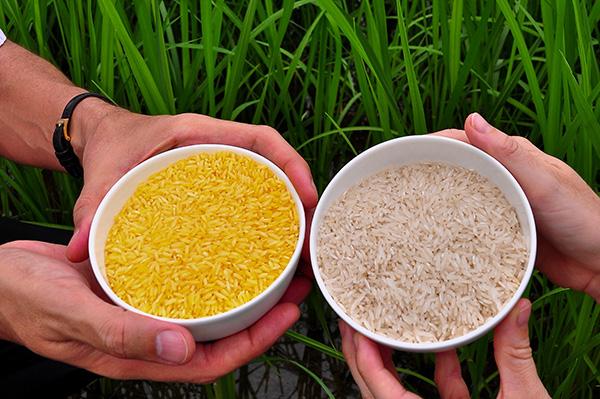Fighting Malnutrition in the Philippines with Biofortified Rice
Malnutrition remains a critical issue in the Philippines, affecting millions of children and adults. The country grapples with various forms of malnutrition, including undernutrition and micronutrient deficiencies. In response to this widespread problem, innovative solutions such as biofortified rice are emerging as potential game changers.
The Importance of Biofortification
Biofortification enhances the nutritional quality of staple crops, making them vital in combating malnutrition. This approach aims to increase the levels of essential vitamins and minerals in food crops. By bioengineering rice to be more nutritious, researchers hope to provide a direct source of dietary improvements for the Philippine population.
How Biofortified Rice Works
Biofortified rice is developed to contain higher levels of nutrients such as iron, zinc, and vitamin A. These nutrients are crucial for overall health, particularly in reducing the incidence of anemia and other nutrient deficiency-related diseases. By integrating these enriched varieties into local diets, communities can significantly improve their nutritional intake.
The Role of Local Farmers
Local farmers play a pivotal role in the distribution and cultivation of biofortified rice varieties. They are essential for ensuring that this nutritious food reaches the vulnerable populations who need it most. Support and training for farmers can enhance the adoption rate of these crops, thereby maximizing the impact on community health.
Government Initiatives and Support
The Philippine government, in collaboration with various NGOs, is actively promoting the use of biofortified rice. These initiatives are crucial in raising awareness and providing the necessary resources for farmers and consumers alike. For more information on malnutrition and the potential of biofortified foods in the Philippines, you can visit this informative link.
The Future of Biofortified Rice in the Philippines
As challenges associated with malnutrition decline, the future for biofortified rice in the Philippines looks promising. Ensuring sustainable access to these nutritious varieties will be instrumental in improving public health outcomes. Continued research, investment, and advocacy will be essential to realize the full benefits of biofortified crops in the fight against malnutrition.

